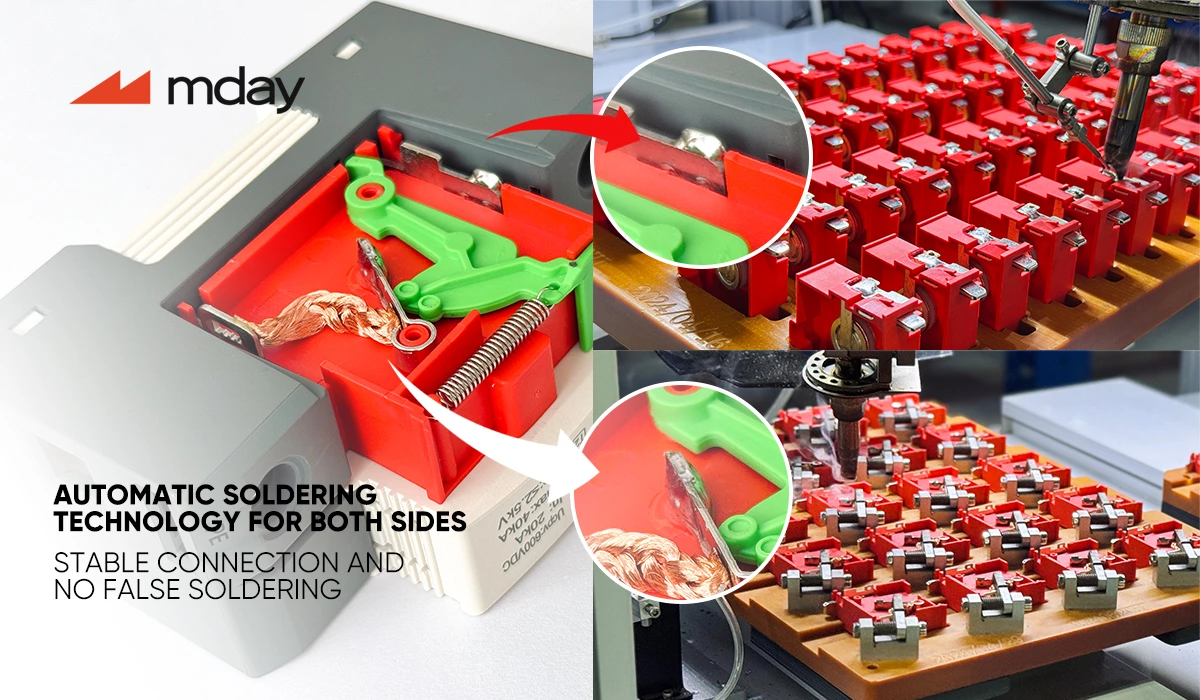
In today’s technology-driven world, electrical surges pose a constant threat to sensitive electronics, industrial equipment, and household appliances. For businesses and homeowners alike, surge protection devices (SPDs) are essential safeguards against costly damage. But how exactly do these devices work? In this article, we’ll break down the science behind surge protection and explain why SPDs are a critical investment for anyone relying on stable power systems.
What Are Surge Protection Devices?
Surge protection devices are engineered to shield electrical systems from voltage spikes—sudden, brief increases in electrical current that can exceed safe levels. These surges, often caused by lightning strikes, power grid fluctuations, or switching of heavy machinery, can fry circuits, degrade equipment, and lead to data loss. SPDs act as a “first line of defense,” diverting excess energy away from connected devices.

The Science Behind Surge Protection
At their core, SPDs function by detecting voltage irregularities and redirecting dangerous surges to the ground or absorbing them. Here’s a step-by-step breakdown of their operation:
- Voltage Monitoring
SPDs continuously monitor the voltage flowing through a circuit. Under normal conditions, they remain inactive, allowing electricity to pass through unimpeded. - Surge Detection
When a voltage spike occurs (even for microseconds), the SPD detects the excess energy. This could be triggered by external factors (e.g., lightning) or internal sources (e.g., motors turning on/off). - Diverting Excess Energy
Once a surge is detected, the SPD activates its metal oxide varistor (MOV)—a key component made of semiconductor materials. The MOV acts like a “pressure-sensitive valve”:- At normal voltages, it remains non-conductive.
- During a surge, its resistance drops dramatically, creating a low-resistance path to divert excess current safely to the ground.
- Clamping Voltage
SPDs also “clamp” the voltage to a safe threshold (e.g., 330V for a 120V system). This ensures that only safe levels of electricity reach connected devices. - Self-Resetting or Replaceable Components
After neutralizing a surge, some SPDs reset automatically, while others require replacement of components like fuses or MOVs.
Key Components of an SPD
- Metal Oxide Varistor (MOV): The workhorse of most SPDs, responsible for absorbing surges.
- Gas Discharge Tube (GDT): Used in high-energy scenarios (e.g., lightning strikes) to channel large surges.
- Thermal Fuse: Disconnects the SPD if it overheats, preventing fire hazards.
- Filtering Circuits: Advanced SPDs include filters to reduce electromagnetic interference (EMI).
Types of Surge Protectors
- Type 1 SPDs: Installed at the main electrical panel to handle extreme surges (e.g., lightning strikes).
- Type 2 SPDs: Mounted at sub-panels to protect against residual surges and internal fluctuations.
- Type 3 SPDs: Point-of-use devices (e.g., power strips) for final-stage protection of sensitive electronics.
Why Are SPDs Critical for Your Business?
- Equipment Longevity: Prevent premature failure of servers, machinery, and IoT devices.
- Data Security: Avoid corruption or loss of critical information in computers and networks.
- Cost Savings: Reduce downtime and repair/replacement expenses.
- Compliance: Meet safety standards in industries like manufacturing, healthcare, and telecommunications.
Choosing the Right SPD
When selecting a surge protector, consider:
- Clamping Voltage: Lower values (e.g., 400V) offer better protection.
- Energy Absorption Rating (Joules): Higher ratings handle larger surges.
- Response Time: Look for devices with nanosecond-level reactions.
- Certifications: Ensure compliance with standards like UL 1449 or IEC 61643.
Final Thoughts
Surge protection devices are not just accessories—they’re insurance policies for your electrical infrastructure. By understanding how SPDs work, businesses and consumers can make informed decisions to safeguard their investments. Whether you’re protecting a data center, factory, or home office, integrating high-quality SPDs into your power systems is a proactive step toward reliability and peace of mind.
Need Surge Protection Solutions?
As a trusted supplier of industrial and residential electrical safety products, WEUP offers a range of certified SPDs tailored to your needs. [Contact us today] to learn how we can help you build a surge-resistant future!


